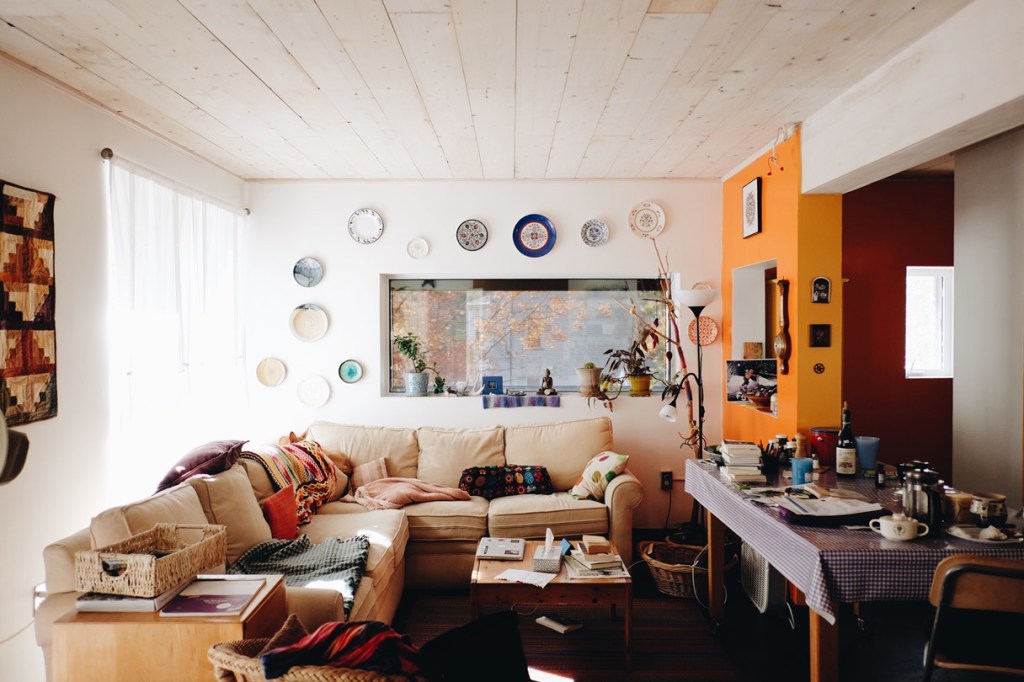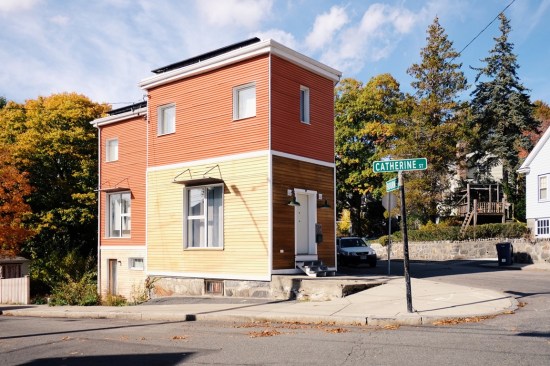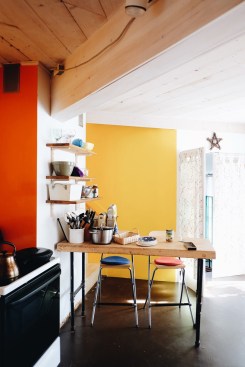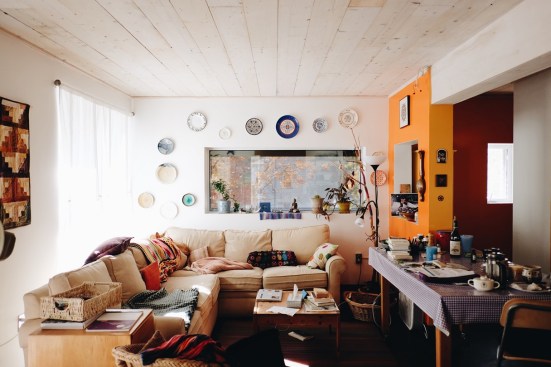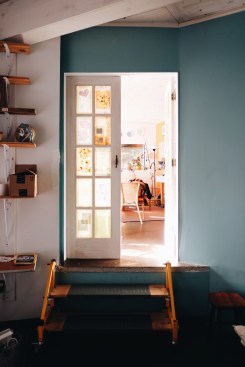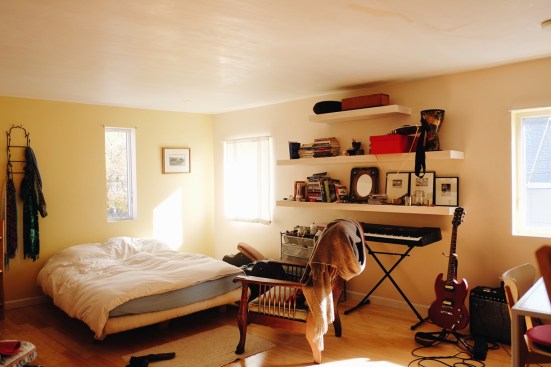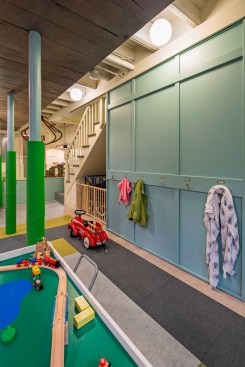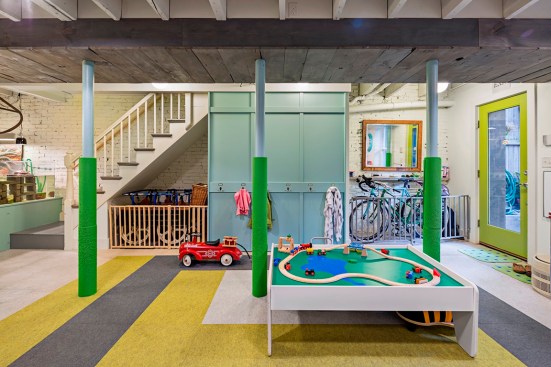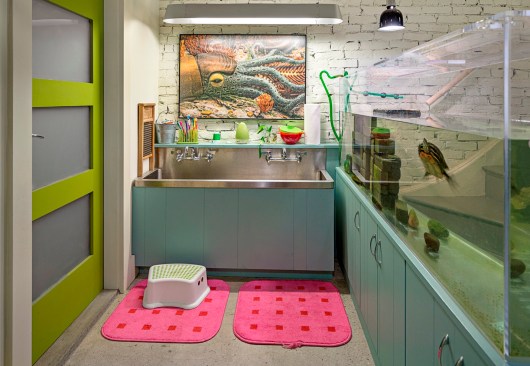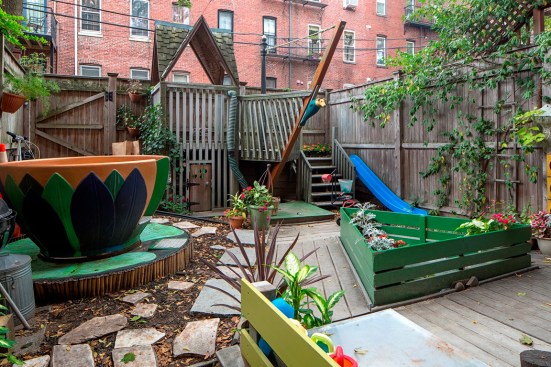Green building gets a lot of attention these days, but selling an actual green project remains an uphill battle for many remodelers. Energy prices are down; updated energy codes have narrowed the gap between standard practice and truly sustainable construction; and for many remodeling clients, up-front cost still trumps long-term reductions in operating expense and environmental impact.
Since its founding in 2008, though, Boston-based builder/remodeler Placetailor has successfully kept its commitments to both the environment and its own bottom line. The keys, says co-founder and strategic director Declan Keefe, are focusing on health and comfort as much as kilowatts and BTUs, leveraging the design/build model, and influencing the market rather than simply responding to it.
Green from the Get-Go

Christian Borger
Declan Keefe
“Very early in our business we drew a line, saying we don’t do anything but [high performance building],” says Keefe. The company’s pole star has been the stringent Passive House standard for heat loss and fresh air ventilation. “We’ve built a number of Passive House buildings,” he says. And while the company doesn’t pursue Passive House certification for all of its projects, “that’s the reference we use for every building we build, even when we’re doing renovation work.”
Boston’s association with high technology, higher education, and harsh winter weather make it a more receptive market for that approach than, say, Las Vegas, but betting the farm on sustainability still took guts. “In the early days,” Keefe says, “that meant we didn’t get a lot of phone calls. Now, we do get a lot of phone calls, because we’re the ones who know how to do that, so why would you go anywhere else? We don’t often get people asking for anything shy of really pushing the boundaries. We’re committed to doing that kind of work.
“In most of our work, we’re making a big impact on the house, whether we’re completely redoing the exterior, gutting the thing and starting with the frame, or just doing a major renovation of a whole floor,” Keefe says. But the company’s green ethos plays a part even in its smallest projects. “Maybe the bathroom is your priority this year, but 10 years from now you might need to replace the roof, windows, and siding. Why not insulate that piece of wall to where you might bring it 10 years from now? If we have the longer-term plan, we’re able to avoid some costs down the road.”
Design is in the House
More extensive projects are a better fit for the company—and an easier sell—partly because a high performance house operates as an integrated system, with benefits that go beyond even the enticing prospect of energy independence. In meetings with prospective clients, Keefe says, “I push comfort as the most important piece. These houses are more comfortable; they’re way quieter, and the air quality is way better. We have a ventilation system with heat recovery, which means that we’re filtering all the air that comes in and we’re putting it where we want it—into the bedrooms and the living spaces—and we’re removing it from the kitchen and bathrooms without losing the heat.”
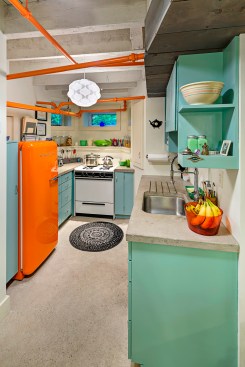
GUSTAV HOILAND
High performance construction is a rapidly evolving field, Keefe says, which makes it a natural fit for the design/build model, “especially in renovation, where people are still testing different ways of getting there. It allows us to try new things, test different methods, and have more direct feedback [from the field to the design studio].
“A lot of the challenges of high performance building are in the details: where the seams come together, where you need to get the air seal right, the way you should put the tape on. In some of these buildings, that’s what makes or breaks the whole project. And no architectural drawing set shows every seam, so you’re relying on the builder to get it right.” In a conventional architect-builder relationship, he says, “that feedback loop is really hard to build in.”
Standardizing details from project to project reduces the cost premium over conventional construction, but high performance construction still adds about 10% to the price of a whole-house remodel, Keefe says. Placetailor softens the bite for clients by dividing the cost premium between design and construction. “If we bill [some of the additional cost] to our architectural side, we get to spend the time that we like working out those details,” he says. “We also can spend some of our project oversight hours on the site, working through those details, so doing something innovative doesn’t have to cost an arm and a leg.”
Developing a Market
Placetailor’s trademark look—an unpretentious, contextual modernism—gives its projects a distinctive presence in Boston’s residential neighborhoods. The company has boosted that presence in recent years by undertaking its own residential development projects, typically deep energy retrofits of existing homes. “We analyze how much solar [capacity] can fit on the roof, and then we design the building so the amount of renewable energy we can get from the building will offset its anticipated energy use,” Keefe says.
“We don’t put the solar on ourselves, because [homeowners] get better rebates. If the buyer has the money to do it or ties it into their mortgage, it’s absolutely a worthwhile investment,” he says, “but we’re getting the energy load so low that some people opt out, because they’re only paying $20 a month or something like that for their whole house electric bill.”
Christian Borger
The exterior of one of Placetailor's residential remodels. L…
Buyers find that a very attractive proposition, Keefe says. “At this point, we have a fairly good size list of people who contact us saying, ‘Next time you start building something let us, know because we want to live in a Placetailor house.’ They love the design, they love the performance, they love the values of our business, and they want to stay in the city. And a lot of our projects—especially for where we are in Boston—are actually still affordable.”
Real estate development carries financial risk, Keefe notes, but it yields clear benefits. Each project serves as a test bed for new products and methods, a way to keep crews busy during otherwise slack periods, an additional source of revenue, and a billboard for the company’s work.
Selling completed projects provides further leverage in overcoming price resistance to high performance remodeling, Keefe says. Pure remodeling services are prey to dollar-for-dollar comparisons that reduce a complex project to a single number. Design/build remodeling adds a factor—architecture—that resists direct comparison. Property development takes the process one step further, adding location, neighborhood, and existing building features to the mix.
In that calculation, Keefe has found, the price penalty of high performance building shrinks to insignificance. “When you’re working with speculative housing, it’s an open market,” he says. “It doesn’t necessarily cost that much more to live in one of our houses, but we’ve had success selling houses at 20 or 30% over market, because of the fact that we’re building a unique product. And in real estate development, the differentiators are what makes or breaks it.”
